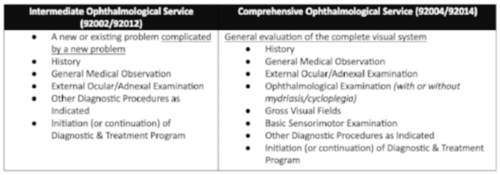|
In my PhD training, I shared an office with Jeffery Walline, OD, PhD. We often discussed quality-of-life (QoL) measurements in many patient groups, including dry eye and keratoconus patients. The National Eye Institute Visual Function Questionnaire (NEI-VFQ) is a 25-item survey that assesses visual functioning and its impact on daily activities, such as reading and driving. Interestingly, keratoconus patients and dry eye patients often respond similarly in the pain subscale of the NEI-VFQ, meaning both groups report significant ocular pain. However, this non-specific pain indicator can be interpreted differently by patients, so “pain” to a keratoconus patient can mean something different than “pain” to a dry eye patient.
In this issue, our columnists discuss corneal cross-linking in keratoconus, dry eye and the intersection of the two. While diagnosis and treatment in both fields have advanced significantly since my conversations with Dr. Walline 20+ years ago, we are still discussing QoL like it is a new finding in both dry eye and keratoconus. The corneal irregularities and the inflammatory mediators found in keratoconus indicate an ocular surface and tear film lacking homeostasis. Isn’t that dry eye? Which comes first? Does it even matter if we manage both?
Because optometrists see dry eye patients and keratoconus patients on a routine basis, the intersection of the two is more likely to show up in OD clinics. So, be sure to listen to keratoconus patients about which element of their disease impacts their QoL—vision, ocular pain, difficulty with contact lenses or something else. Dissecting the “intersection” of QoL concerns will result in happy and loyal patients.

Kelly K. Nichols, OD, MPH, PhD
Editor
|








